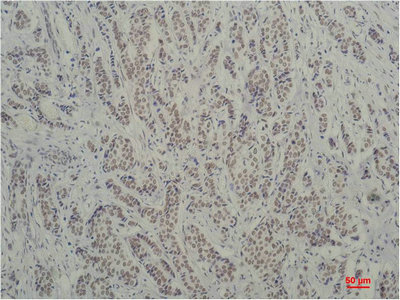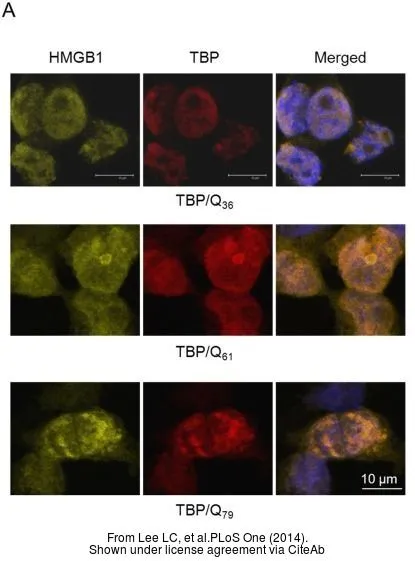
The data was published in the journal PLoS One in 2014. PMID: 25549101
TBP antibody [1TBP18]
GTX20818
ApplicationsGel Shift Assay, ImmunoFluorescence, ImmunoPrecipitation, Western Blot, ImmunoCytoChemistry
Product group Antibodies
TargetTBP
Overview
- SupplierGeneTex
- Product NameTBP antibody [1TBP18]
- Delivery Days Customer9
- ApplicationsGel Shift Assay, ImmunoFluorescence, ImmunoPrecipitation, Western Blot, ImmunoCytoChemistry
- CertificationResearch Use Only
- ClonalityMonoclonal
- Clone ID1TBP18
- ConjugateUnconjugated
- Gene ID6908
- Target nameTBP
- Target descriptionTATA-box binding protein
- Target synonymsGTF2D, GTF2D1, HDL4, SCA17, TBP1, TFIID, TATA-box-binding protein, TATA sequence-binding protein, TATA-box binding protein N-terminal domain, TATA-box factor, transcription initiation factor TFIID TBP subunit
- HostMouse
- IsotypeIgG1
- Protein IDP20226
- Protein NameTATA-box-binding protein
- Scientific DescriptionInitiation of transcription by RNA polymerase II requires the activities of more than 70 polypeptides. The protein that coordinates these activities is transcription factor IID (TFIID), which binds to the core promoter to position the polymerase properly, serves as the scaffold for assembly of the remainder of the transcription complex, and acts as a channel for regulatory signals. TFIID is composed of the TATA-binding protein (TBP) and a group of evolutionarily conserved proteins known as TBP-associated factors or TAFs. TAFs may participate in basal transcription, serve as coactivators, function in promoter recognition or modify general transcription factors (GTFs) to facilitate complex assembly and transcription initiation. This gene encodes TBP, the TATA-binding protein. A distinctive feature of TBP is a long string of glutamines in the N-terminus. This region of the protein modulates the DNA binding activity of the C terminus, and modulation of DNA binding affects the rate of transcription complex formation and initiation of transcription. The number of CAG repeats encoding the polyglutamine tract is usually 25-42, and expansion of the number of repeats to 45-66 increases the length of the polyglutamine string and is associated with spinocerebellar ataxia 17, a neurodegenerative disorder classified as a polyglutamine disease. Two transcript variants encoding different isoforms have been found for this gene. [provided by RefSeq, Jul 2016]
- Storage Instruction-20°C or -80°C,2°C to 8°C
- UNSPSC12352203
References
- Role of high mobility group box 1 (HMGB1) in SCA17 pathogenesis. Lee LC et al., 2014, PLoS OneRead more
- MSX1 induces the Wnt pathway antagonist genes DKK1, DKK2, DKK3, and SFRP1 in neuroblastoma cells, but does not block Wnt3 and Wnt5A signalling to DVL3. Revet I et al., 2010 Mar 28, Cancer LettRead more

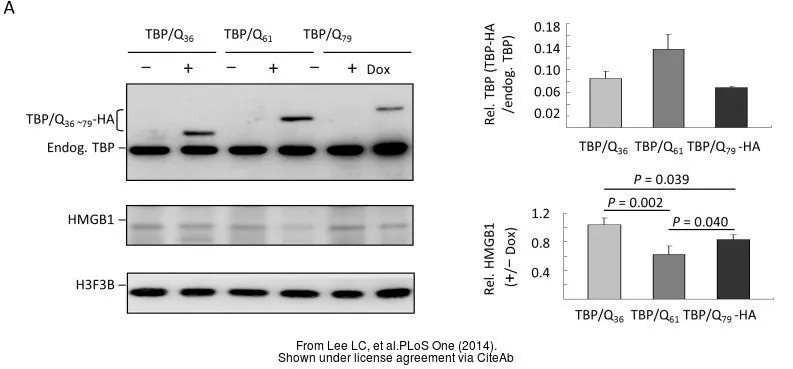
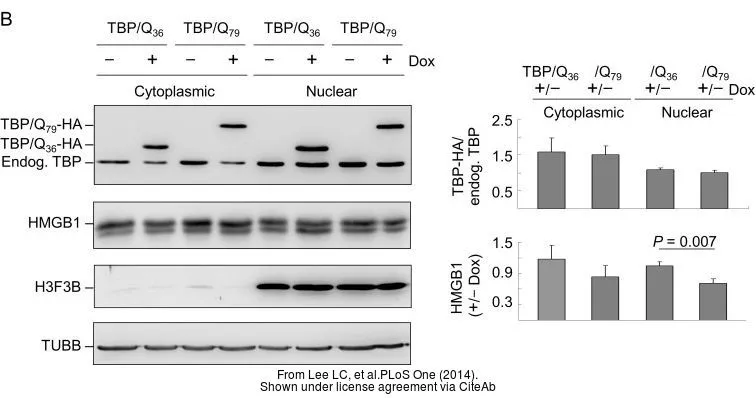
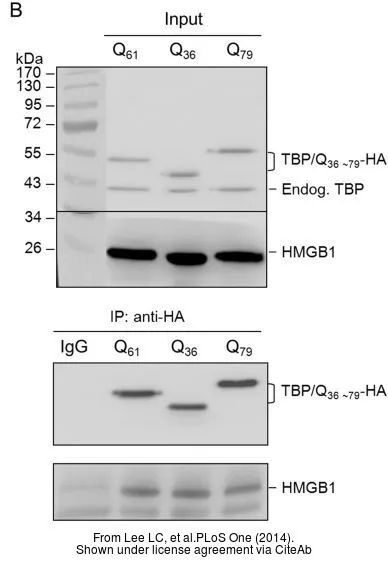
![WB analysis of ecombinant human TATA Binding Protein, HeLa cell nuclear extract (A), and TBP protein fragment lysate (B) using GTX20818 TBP antibody [1TBP18]. Dilution : 2microg/ml WB analysis of ecombinant human TATA Binding Protein, HeLa cell nuclear extract (A), and TBP protein fragment lysate (B) using GTX20818 TBP antibody [1TBP18]. Dilution : 2microg/ml](https://www.genetex.com/upload/website/prouct_img/normal/GTX20818/GTX20818_WB_w_23060620_601.webp)
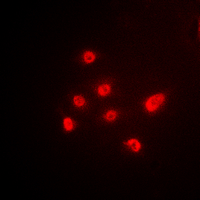
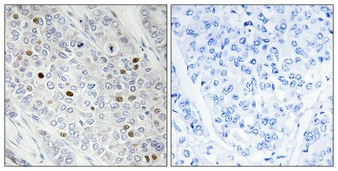
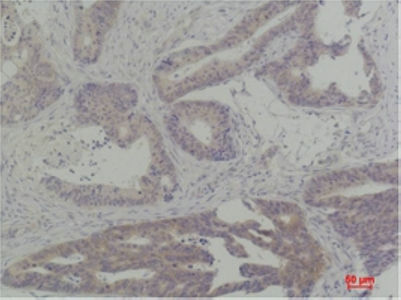
![WB analysis of (1) HeLa, (2)mouse brain tissue, (3) rat brain tissue lysates using GTX34253 TBP antibody [4H2]. Dilution : 1:2000](https://www.genetex.com/upload/website/prouct_img/normal/GTX34253/GTX34253_20200622_WB_460_w_23060801_897.webp)
![IHC-P analysis of human breast carcinoma tissue using GTX34254 TBP antibody [1F6]. Dilution : 1:200](https://www.genetex.com/upload/website/prouct_img/normal/GTX34254/GTX34254_20200622_IHC-P_291_w_23060801_495.webp)
